Explore web search results related to this domain and discover relevant information.

Basa fish is used extensively these days as an alternative for cod, haddock and other similar varieties. The boneless fillets are used to make grilled fish, kebabs, stir-fries and other dishes. The low cost of this fish makes it extremely popular. Take a look at its nutritional content.
The US Food and Drug Administration (FDA) in 2007 banned the import of basa due to health concerns. The fish resides in the Mekong Delta which is a contaminated region due to the presence of carcinogenic chemicals disposed in it.Moreover, local farmers also use chemicals to remove parasites that tend to affect the fish. ... Basa fish is resilient and can thrive in extremely challenging conditions. Although this resilience might be seen positively, it also makes the flesh of basa fish more susceptible to chemicals.The porous nature of their flesh allows the fish to absorb nutrients from waters contaminated with chemicals, making it highly polluted and toxic. ... A study conducted on mice revealed that consuming basa fish can change the gut microbiota of asthmatic rodents.A 126-gram serving of basa fish has about 22.5g of protein, 7g of fat, 2g of saturated fat, 73mg of cholesterol, 89mg of sodium and 158 calories.

Taken together, our results clearly ... to generation of the evolutionary novel BA, and to the explosive radiation under natural selection in the teleost lineage. It has been reported that the OFT in some non-teleost fish consists of myocardium, and exhibits variable numbers ...
Taken together, our results clearly illustrate that the 3R WGD and subsequent sub/neofunctionalization of elastin genes contributed to generation of the evolutionary novel BA, and to the explosive radiation under natural selection in the teleost lineage. It has been reported that the OFT in some non-teleost fish consists of myocardium, and exhibits variable numbers of valves inside the lumen34,35,36.To determine whether the BA is indeed an evolutionary novelty exclusive to the teleost lineage, we confirmed the phylogenetic timings of emergence of the BA in representative actinopterygian fish by anatomical and histological analyses using Elastica van Gieson staining and cardiac- and smooth muscle-specific antibodies (α-sarcomeric actin, green; myosin light-chain kinase, magenta).In contrast, OFTs of Teleostei (Osteoglossomorpha, Osteoglossum bicirrhosum; Elopomorpha, Anguilla japonica; Ostariophysi, Danio rerio; Neoteleostei, Oryzias latipes) were elastin-rich and composed of smooth muscle, which are the features of the BA (Fig. 1a,b). Anatomical and histological analyses showed that the OFTs of actinopterygian fish were markedly different before and after the 3R WGD (Fig.Right panels are results of double immunohistochemistry against α-sarcomeric actinin (cardiac muscle, green) and myosin light-chain kinase (smooth muscle, magenta). Note that teleost BAs are composed of smooth muscle, while CAs in non-teleost fish are composed of cardiac muscle.
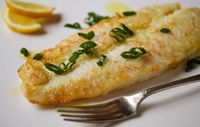
Experts at the Vancouver Aquarium's ... that while some farmed basa from Vietnam or Cambodia is excellent, some is of poor quality and it behooves consumers to ask questions before buying.DARREN STONE · Dear Eric: Just recently I ate a white fish called basa....
Experts at the Vancouver Aquarium's Ocean Wise Program and the Monterey Bay Aquarium Seafood Watch in the U.S. stress that while some farmed basa from Vietnam or Cambodia is excellent, some is of poor quality and it behooves consumers to ask questions before buying.DARREN STONE · Dear Eric: Just recently I ate a white fish called basa.Americans say it comes from the polluted Mekong River, while the Australians say that the fish comes from fish farms near the Mekong River and is highly recommended. We need your advice. ... Dear Al: With the name basa, one might think it’s related to bass, a fish Canadians cast for in local rivers and lakes.The Seafood Importers Association of Australasia, which represents companies importing fish and shellfish into Australia, is a strong advocate for Vietnamese basa, encouraging increased consumption of and public confidence in these fish.Basa is said to be inexpensive because it grows fast, it’s easily harvested and it’s processed in factories near the farm. Being able to get the fish to market without the expense of maintaining a fleet of fishing boats helps keep the price low.

The Babel Fish is one of the most peculiar, useful and controversial organisms known in the entire Universe. This small non-sapient being lives in the brain of other creatures and feeds on "brainwave energy received not from its own carrier, but from those around it".
"The Babel fish is small, yellow and leech-like, and probably the oddest thing in the Universe." ―The Hitchhiker's Guide to the Galaxy The Babel Fish is one of the most peculiar, useful and controversial organisms known in the entire Universe. This small non-sapient being lives in the brain of other creatures and feeds on "brainwave energy received not from its own carrier, but from those around it".By effectively removing all barriers to communication between different races and cultures, the Babel Fish has caused more and bloodier wars than anything else in the Universe.The Babel Fish is a plot device used to explain how different alien species are able to communicate with each other and with Humans.
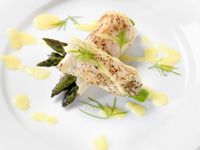
Its flesh has a light, firm texture and a mild fish flavor — similar to cod or haddock. In fact, it’s often sold as boneless fish fillets and used in the same way. Basa fish are native to the Mekong and Chao Phraya rivers, which run through several countries in Southeast Asia.
Due to its low calorie and high protein content, it can be a beneficial food for those on a diet — not unlike other types of white fish. It also contains 5 grams of unsaturated fats, which include some omega-3 fatty acids. Omega-3 fatty acids are essential fats important for maintaining the optimum health of your body and brain — especially as you age ( ... Basa fish — like other white fish — is high in protein and low in calories.The low calorie content of basa makes it an excellent food if you’re trying to reduce your calorie intake. In fact, one 4.5-ounce (126-gram) serving has just 160 calories ( ... Additionally, some studies show that fish proteins may help you feel fuller for longer than other animal protein sources.One study found that fish protein had the greatest impact on feelings of fullness, compared with chicken and beef ( ... Basa is low in calories and high in protein. Eating lean fish like basa has been linked to longevity and a reduced risk of heart disease.This suggest that it’s a healthy addition to a balanced diet. In general, eating any type of fish is associated with some risks.
It has a delicious and flavorful seafood taste since they're made from real fish meat! ... Street vendors in the streets of Manila usually serve them right off a cauldron with piping hot oil, with barbecue sticks ready on the side for customers to “tusok-tusok” (skew) the fish balls.
Every Filipino knows that Flat Fish Balls are not like your ordinary fish balls! Different from the typical kind, this Filipino-style fish ball is prepared and cooked flat, which allows them to be stacked and enjoyed on a stick-making it a popular street food in the Philippines!Absolutely horrible. If I can give a zero star I would. This product cannot be classified as Fish Balls whatsoever. I would classify it as Flour Balls. I think this is the most relevant description for this product.The wait finally ends as the classic, and highly anticipated street food of the Philippines has arrived at Weee! Have a taste of the streets of Manila in the comfort of your home with Flat Fish Balls.I will definitely read the reviews before I buy next time. This fish ball tastes different from others.

She graduated with her doctorate and has worked as a professor that has a passion for global healthcare. She leads her undergraduate students on a medical mission trip to El Salvador every year to provide medical care to the underserved population there. Facebook: BA Fishing Instagram: ba_fishing_
Bio: Bri caught her first keeper at the age of three on a kid’s Mickey Mouse rod and she has been hooked ever since. She started paddling to spearfish the South Florida reefs and SUP fish and camp in primitive locations. She started SUP fishing by building her own setup on a surf stand up paddle board, and was soon discovered during a brand shoot that was happening next to her fishing spot as she was preparing to paddle out.

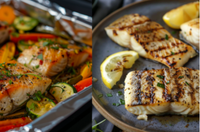
In the world of seafood, baasa stands out for its versatility, mild flavour, and ease of preparation. It’s a fish that can be dressed up for a fancy dinner or kept simple for a quick, healthy meal. It is also an affordable option compared to other types of fish.
Its neutral flavour makes it a hit with kids and adults alike, adapting well to a range of flavours from different cuisines around the world. Whether you’re a seasoned cook or a kitchen novice, baasa fish recipes are a wonderful addition to your culinary repertoire.The olive oil not only helps the seasonings adhere but also ensures a beautiful, golden crust whether you’re grilling, frying, or baking. ... For those who love the smoky flavour of grilled fish, heat a grill pan over medium-high heat. Place your seasoned fillets on the pan and let them cook for about 4-5 minutes on each side, or until they’re perfectly done.The result? A beautifully charred, succulent piece of fish that’s perfect for any meal. If you’re looking for a healthier twist, try the air fryer baasa fish recipe for a crisp exterior without the extra oil.Simply wrap each fillet in foil with a splash of lemon juice and a drizzle of olive oil. Bake for 12-15 minutes, and you’ll have a dish that’s both healthy and bursting with flavour. Baked baasa fish with vegetables makes for a wholesome, tasty meal that’s hard to resist.

Dozens of colleagues, family, and friends of Betty Ann (BA) Fish HA’02 gathered on the Vare Field House Porch during Homecoming Weekend to dedicate the field in her honor.
As a tribute to her 37 years of service to SCH as a teacher and coach, the field was renamed Betty Ann Fish Field (Fish Field for short!) to recognize the now-retired PE chair’s enduring legacy and positive influence on SCH’s student-athletes.Known and loved for the energy she infused into all her Lower School classes, she brought creativity and innovation to the fields and Lower School gym every day. From the Heart Adventure Challenge Course to the annual soup drive, Fish was always cheering on her students and field hockey players.Her energetic presence will continue to be felt on Fish Field for generations to come.

Basa is a popular choice owing to its ready availability. Its cheap price is the only attractive thing about it, though. New Delhi: About a decade ago, fish may not have been the most popular choice of protein at Indian restaurants. The lingering fishy taste on the palette was not an unseasoned ...
Basa is a popular choice owing to its ready availability. Its cheap price is the only attractive thing about it, though. New Delhi: About a decade ago, fish may not have been the most popular choice of protein at Indian restaurants. The lingering fishy taste on the palette was not an unseasoned fish eater’s delight.But the entry of the Basa changed the Indian market. Introduced in India by Rahul Grover of frozen foods supplier Empire Foods in 2008, the white fish largely took over the Indian market. Data from the Directorate General of Foreign Trade showed that in just the first three months of 2011, India had already imported the amount of Basa that it did in all of 2010.Basa was once popular due to its appearance and a greater yield (the amount of meat obtained after deboning and cleaning). Moreover, it is bereft of any fishy stench and has a greater adaptability to flavours and cooking methods.Also read: Kerala firm accused of skirting ban to kill endangered sharks · Since it’s also available all year round, it is the choice for many restaurants. However, the only attractive thing about the fish today is its cheap price.
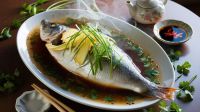
Basa is a white fish beloved by many because of its flaky, firm texture and mild flavor infused with a natural hint of salinity. It's a great option for those on the fence about fish and is also popular with chefs because of its versatility. It's also cheaper than cod or haddock, meaning ...
Basa is a white fish beloved by many because of its flaky, firm texture and mild flavor infused with a natural hint of salinity. It's a great option for those on the fence about fish and is also popular with chefs because of its versatility. It's also cheaper than cod or haddock, meaning restaurants can stay on budget by using basa for their cuisine instead of other types of fish.You'll find it showcased in Indian dishes like basa fish curry, steamed in lime chili garlic sauce in Thailand, and basa in a broth with chili peppers, doubanjiang, and Sichuan peppercorn in Chinese cooking. Basa isn't just limited to Southeast Asian cooking, though that's where it's most popular.There is a downside to basa's meteoric popularity, stemming from the high demand for the fish. While it lives naturally in Southeast Asia's biggest waterways, there isn't enough wild basa to go around. Fish farms around the Mekong River have increased the fish supply, and with it, the potential for environmental and chemical contamination in basa fish sold worldwide.Basa is a farmed fish, like many other types of fish you might want to avoid if you see them on the menu. Basa fish farms are all located in the Mekong Delta, a place that's had plenty of challenges with industrial and agricultural waste contamination over the years.
Learn how a 2x James Beard Award Winning Chinese Chef cooks this recipe after making this dish thousands of times!
Once your fish balls are ready, the possibilities are endless. You can enjoy them in a comforting fish ball soup, whip up some Thai Fish Cake, or even throw them into a Chinese Hot Pot. Trust me, these homemade fish balls will make your dishes so much better!
To make the best fish balls, fresh fish is essential. You want fish that gives you that bouncy texture without the fishy taste. After some trial and error, I found a great mackerel (马鲛鱼) that works perfectly for making fish balls. I’m not a fish expert, but I always ask my local fishmonger for recommendations.Fish like mackerel (马鲛鱼), 西刀鱼 (this one might go by different names, but it’s commonly known as Spanish mackerel or seer fish), and eel (鳗鱼) are great options for making fish balls. Keep in mind that the best fish for making fish balls may not always be easy to find in Western countries, so don’t be afraid to ask around or visit different markets.It might take some searching, but once you find the right fish, you’ll be well on your way to making amazing fish balls from scratch! ... Garlic oil – You can make the garlic oil by stir-frying some minced garlic with heated oil. ... For all the details on each ingredient, be sure to check out the recipe card at the bottom of the post. Alright, first things first—grab your fish and give it a good rinse with cold water.Start chopping the fish meat—just go at it for about 10 minutes. You want to break it down really well, so don’t rush it. It’ll help get that perfect texture for the fish balls! As you chop, you’ll notice the fish starting to get a bit sticky, and that’s totally normal!

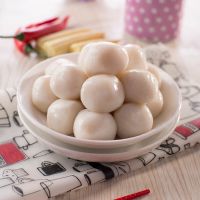
Ingredients: Surimi Fish Meat, Salt, Sugar, Starch, Palm Oil & MSG
Vegie Fish Ball · RM5.80 – · RM11.60 · Add to wishlist · Quick View · Chilled Fresh Products · Row Fish Ball (SDP) RM6.50 – · RM13.00 · Add to wishlist · Quick View · Frozen Fried Products · Fried Fish Cake GKT · RM4.00 · Add to wishlist · Quick View ·Plain Fish Ball · RM6.00 · Add to wishlist · Quick View · Chilled Fresh Products · Flower Fish Ball (CK) RM7.00 – · RM14.00 · Add to wishlist · Quick View · Frozen Fried Products · Fried Fish Cake GM · RM7.20 · Add to wishlist · Quick View · Frozen Fried Products ·
Fish balls are popular in East and Southeast Asia, Europe (especially Northern Europe), and some coastal countries of West Africa. In Asia they are eaten as a snack or added to soups or hotpot dishes. They are usually attributed to Chinese cuisine and the fish ball industry is largely operated ...
Fish balls are popular in East and Southeast Asia, Europe (especially Northern Europe), and some coastal countries of West Africa. In Asia they are eaten as a snack or added to soups or hotpot dishes. They are usually attributed to Chinese cuisine and the fish ball industry is largely operated by people of Chinese descent.While the ingredients and methods are similar between countries, differences can be noted in terms of elasticity, colour, and flavour. Fish balls in Hong Kong and the Philippines can be more firm, darker, and have more fishy taste and aroma than their Malay and Singaporean counterparts.Typically fish are shredded, coarsely ground, or pounded, then undergo prolonged mixing with added salt and crushed ice until a smooth texture is attained. Other ingredients are added, such as sugar, monosodium glutamate, transglutaminase, or starches, and then water is added to ensure the ball has a "soft, springy texture."The setting time is an important part of manufacture because in addition to giving the balls a translucent appearance, the shape will be maintained after packaging. They can be sold uncooked (after setting), boiled, or fried (after being boiled). The variety of fish used in surimi can affect commercial fish ball production, due to the difference in thermal stability between tropical fish and cold-water fish.Uncooked fish balls have a shelf life of 4 to 5 days when stored at 5 °C. A fried, marinated fish ball can last up to 135 days at ±4 °C. While fish balls can contain other seafood or meat products (such as squid, cuttlefish, or shrimp balls), studies conducted on processed seafood have revealed significant amounts of mislabeling.

When talking making a curry fish balls or fish ball soup, the first ideas come to my mind is purchasing a store bought fish balls. The idea of making those fresh balls at home never come to me previously until I get fresh mackerel shipped in this winter.
In order to make the perfect traditional Chinese fish balls, I have consultant with several foodies from Chou Zhou, which is believe to be the origin area of fish balls. area of origin. And finally I started my journey. I have tried to use fresh water fish to make the fish balls, but all of them comes out with a powdering texture and do not as elastic as expected.This recipe is based on frozen mackerel. If you use fresh mackerel, you may need 300ml to 350ml water totally. The ultimate guide for testing where the fish paste is ready is to do the floating testing. Scoop a small amount of fish paste and throw into water, it should float quickly.Whether starch is necessary? — It is 100% ok if you want to skip starch. However, adding some starch especially tapioca starch can make the balls more elastic. Store bought fish balls contains a large portion of starch, at least 30% of the net weight.But if you are making those balls for children, pure fish meat can produce yummy fish balls too, but the mixture requires less water. Pure fish meat 1000g, I use frozen mackerel this time
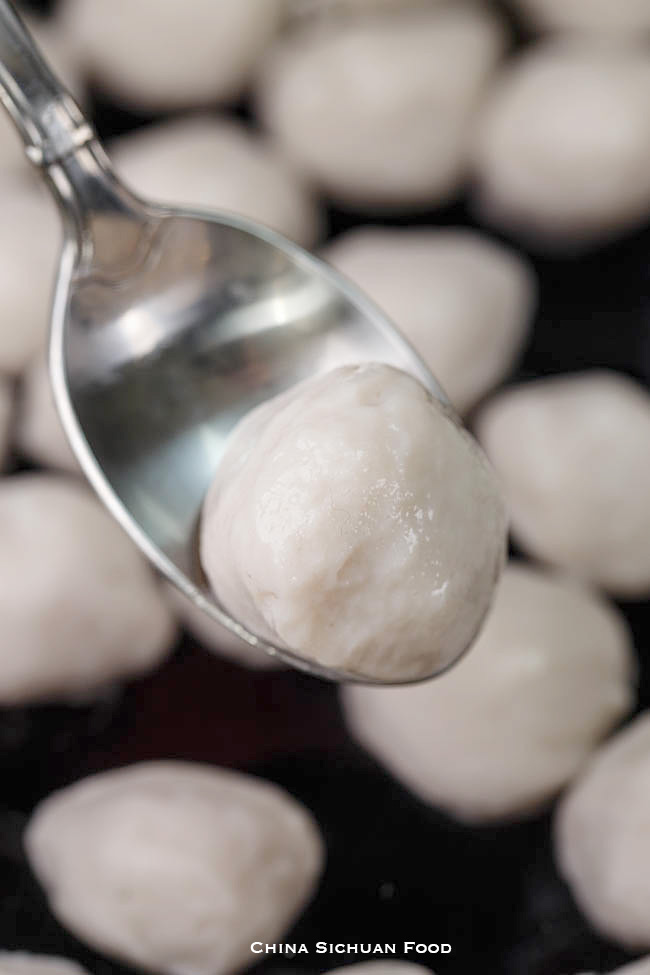
There are few dishes that remind me of home cooking, as much as a good home-made Fuzhou fish ball. You can use different types of fish, but the common distinctive element is a hidden pork filling inside. In my opinion, biting into a fish ball that bursts with juices is what makes Fuzhou fish ...
There are few dishes that remind me of home cooking, as much as a good home-made Fuzhou fish ball. You can use different types of fish, but the common distinctive element is a hidden pork filling inside. In my opinion, biting into a fish ball that bursts with juices is what makes Fuzhou fish balls the best kind of fishball!You will also notice that this recipe will taste noticeably different from store-bought or restaurant fishballs. By using all fresh fish without cheap fillers, these fish balls will have a richer and deeper taste.We usually buy 3-6 lb of king mackerel and make multiple batches. Start by scaling the fish, removing the guts, separating the meat from skin, and removing all bones.Now place the fish mixture into a Kitchen Aid mixer and let it mix for 30 minutes at medium speed. After 30 minutes of mixing, add an egg white. Put the bowl back into the Kitchen Aid mixer and mix for another 30 minutes.
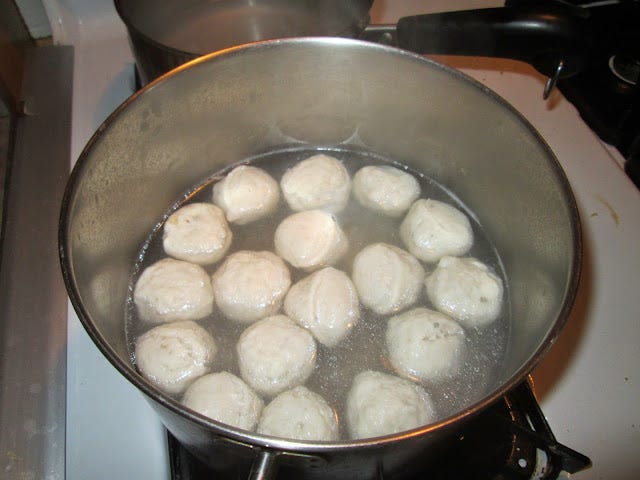
That is how we call the fishball vendor who makes the sauce. It's a one-for-all dipping sauce that is used for a variety of street food. It is sweet and spicy, brown in color, and has a thick consistency. Made using water, flour, sugar, soy sauce, garlic, red chili, ground pepper, and salt.
That is how we call the fishball vendor who makes the sauce. It's a one-for-all dipping sauce that is used for a variety of street food. It is sweet and spicy, brown in color, and has a thick consistency. Made using water, flour, sugar, soy sauce, garlic, red chili, ground pepper, and salt. If you are making a big batch of fish balls with the intention of keeping some for future use, make sure to store them properly to prevent spoilage.Let the balls cool down completely after boiling before placing them on ziplock bags. In the fridge- it can stay fresh for at least 5 days. You will know if it is still good from the texture and smell. If it is coated in a slimy film and has an overpowering fishy smell, get rid of it immediately.In the freezer- these yummy balls can stay frozen for months without spoiling. Make sure they are properly sealed to prevent freezer burns. There are a lot of different ways to enjoy fishballs! You can deep-fry or air-fry them and serve them with your favorite dipping sauce as an afternoon snack.Cut fish fillet into small pieces and place in a food processor or blender. Add onion powder, garlic powder, salt, sugar, ground pepper, oil, flour, starch, baking powder and egg white.
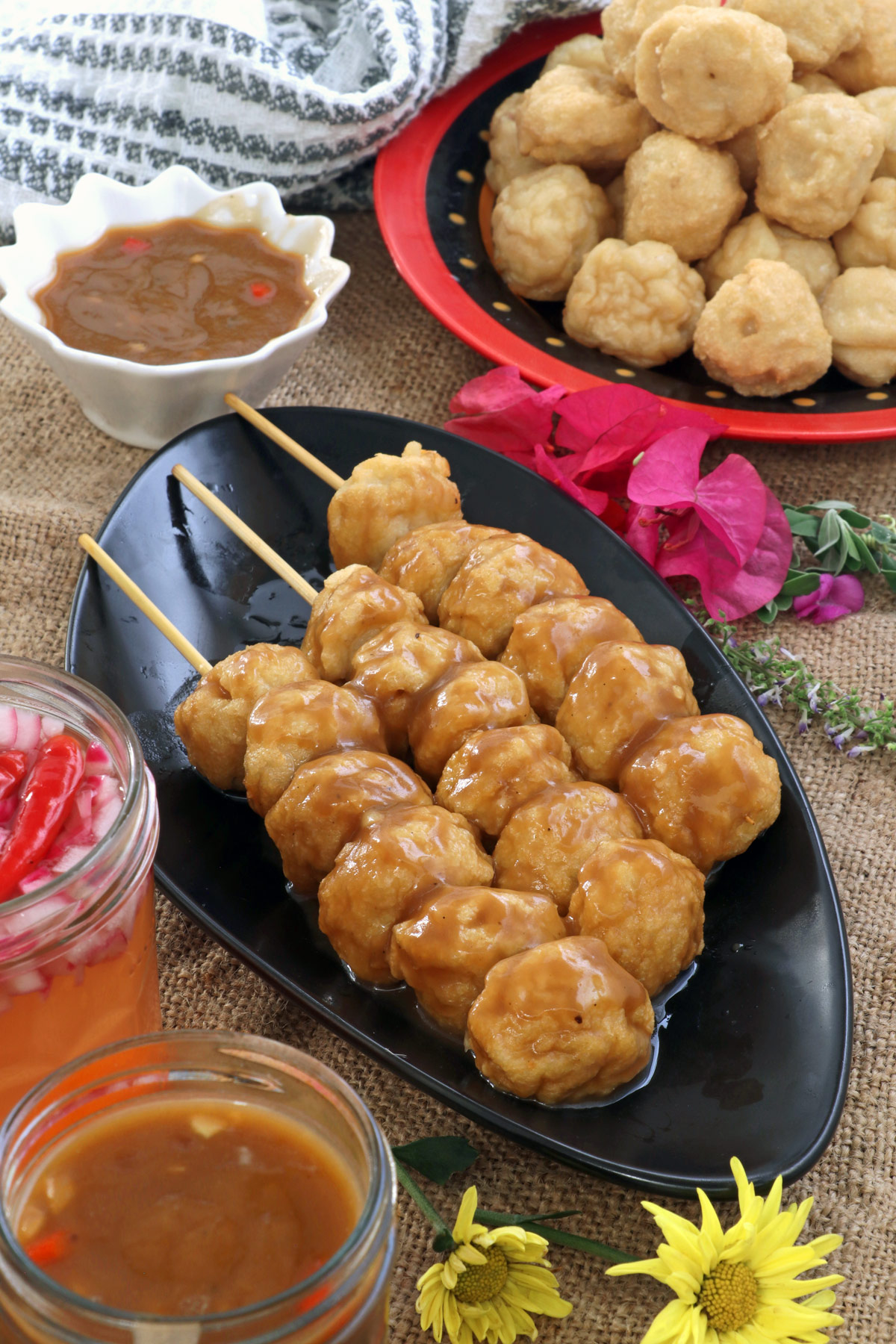
Garlicky aioli is always a good call, or you can mimic my recipe for salt cod fritters and do a saffron aioli, which is both delicious and pretty. Once cooked, you can keep fish balls in the fridge for a few days in a covered container, and they can be frozen.
Albondigas de pescado are one of the specialties of La Paz, the capital city of Baja Sur, and a place Holly and I love to visit. They are mostly either fried or simmered in a caldo, a light broth. Once you make your fish balls, you can go either route with this recipe.As you can see in the pictures, these are finely textured fish balls, which is how I like them. They are not fish cakes, and they are made with raw fish that is then cooked, so you get a prettier fish ball that isn’t lumpy — and, more importantly, holds together.A word on what fish to make fish balls from. There is no real rule, but in general you want “normal” fish, which is to say your typical white, flaky fish — freshwater or salt. Really firm, steaky fish like tuna or sturgeon aren’t great choices, nor are really oily fish like mackerel or jacks, although mackerel is used a lot for Asian fish balls.The poached balls I serve these with a light tomato/chile broth, but you can simply go with any sauce of your choice if you’ve decided to fry them. Garlicky aioli is always a good call, or you can mimic my recipe for salt cod fritters and do a saffron aioli, which is both delicious and pretty. Once cooked, you can keep fish balls in the fridge for a few days in a covered container, and they can be frozen.
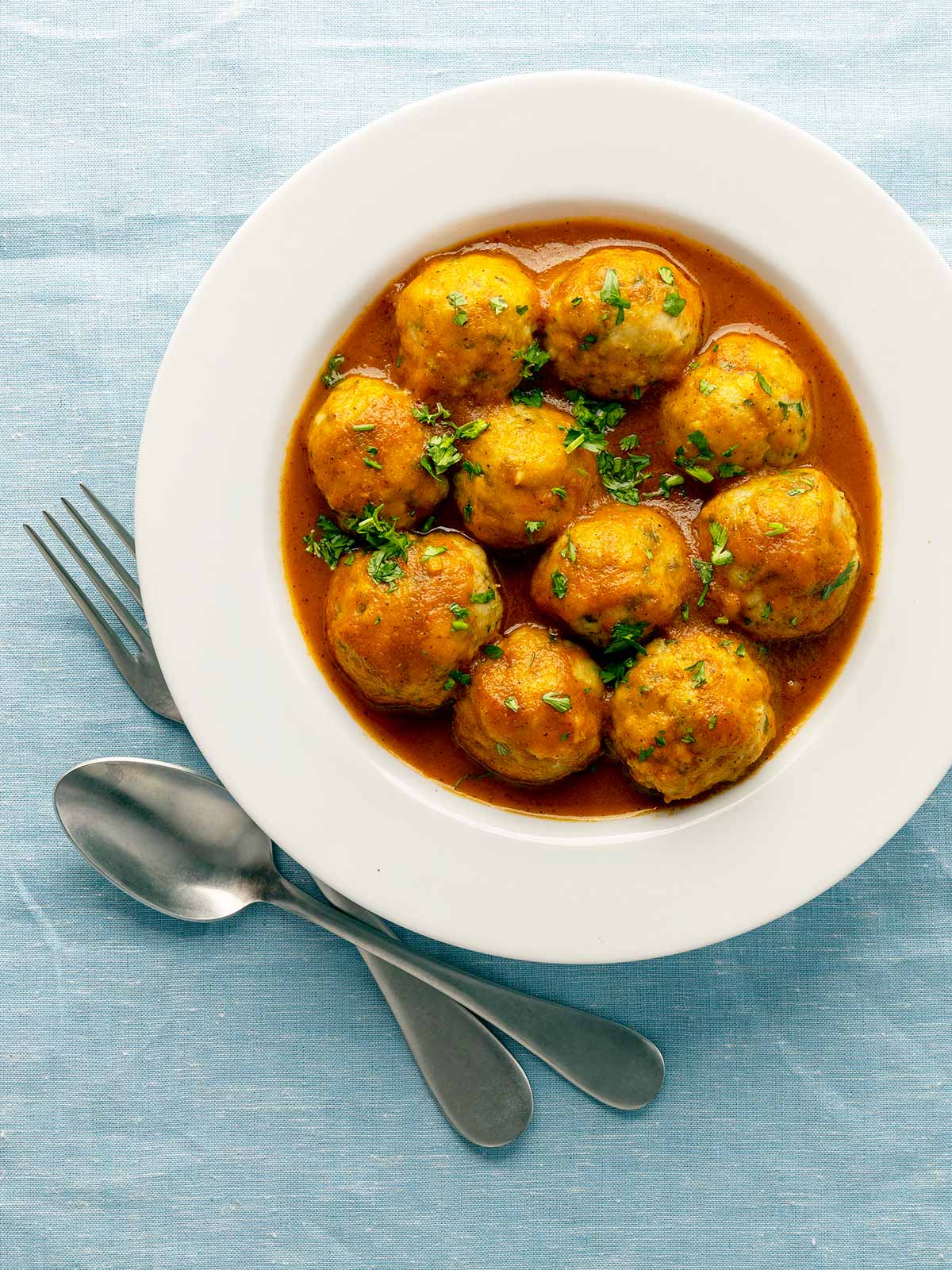
Start by cutting up the fish into tiny pieces. Place fish into a bowl. Add the 1/2 flour,1 1/2 cup corn starch, 1tbsp sugar, 1 tbsp salt, 2 tbsp minced garlic, and 1 tbsp baking powder. Using an immersion blender or food processor, start pulsing the fish and mixing it into the flour and other ...
Start by cutting up the fish into tiny pieces. Place fish into a bowl. Add the 1/2 flour,1 1/2 cup corn starch, 1tbsp sugar, 1 tbsp salt, 2 tbsp minced garlic, and 1 tbsp baking powder. Using an immersion blender or food processor, start pulsing the fish and mixing it into the flour and other ingredients.Boil a pan of water and turn off the heat. Using your hand, squeeze a small ball of dough and cut it with a spoon. Let the balls sit in the hot water for 15 minutes. Boil the fish balls in water for about 6 minutes. Scoop out of the water and let it cool and dry before freezing them.Fantastic! Reminds me of the homemade versions used for fish ball noodles in Singapore.2. Add the 1/2 flour,1 1/2 cup corn starch, 1tbsp sugar, 1 tbsp salt, 2 tbsp minced garlic, and 1 tbsp baking powder. 3. Using an immersion blender or food processor, start pulsing the fish and mixing it into the flour and other ingredients.








